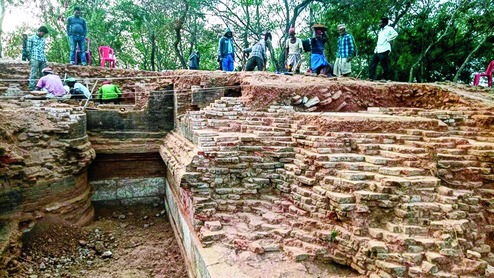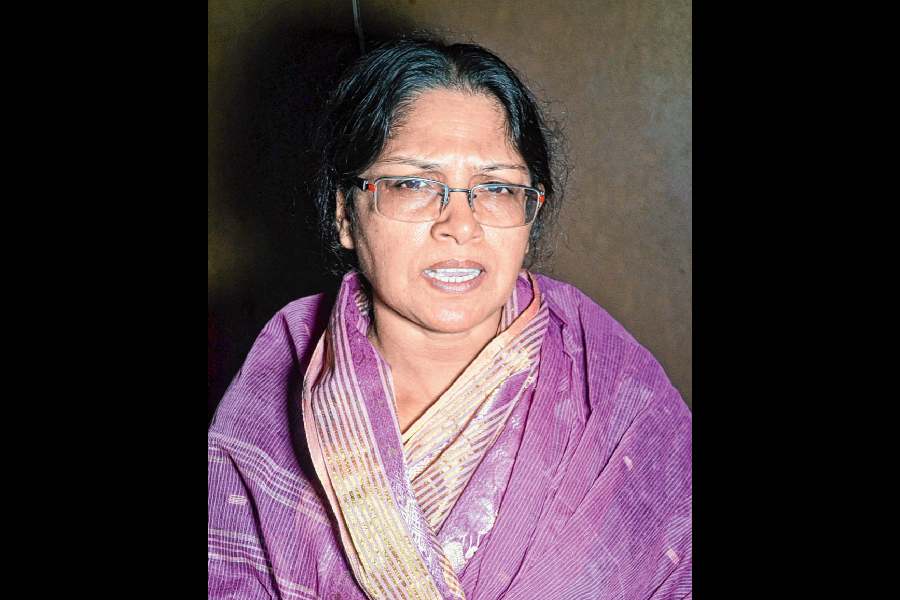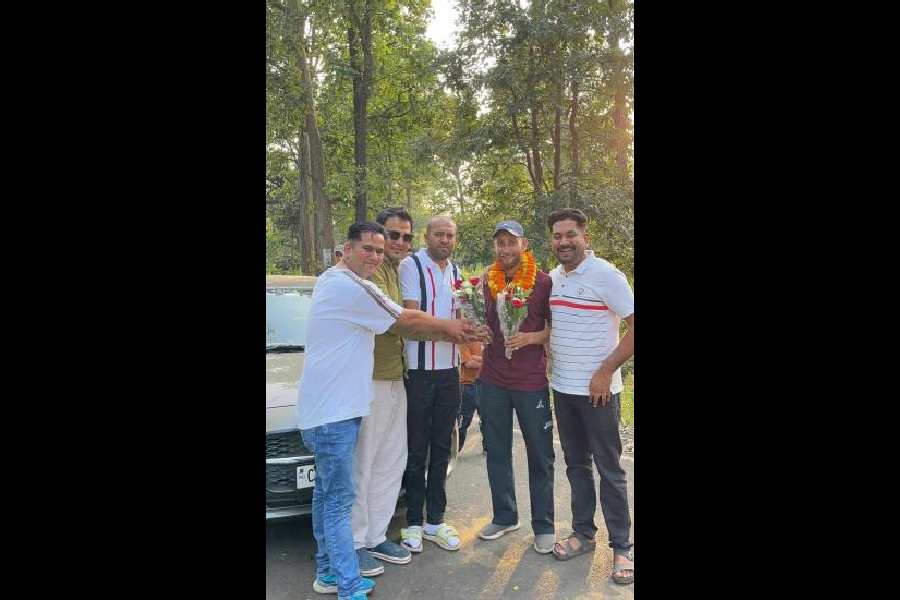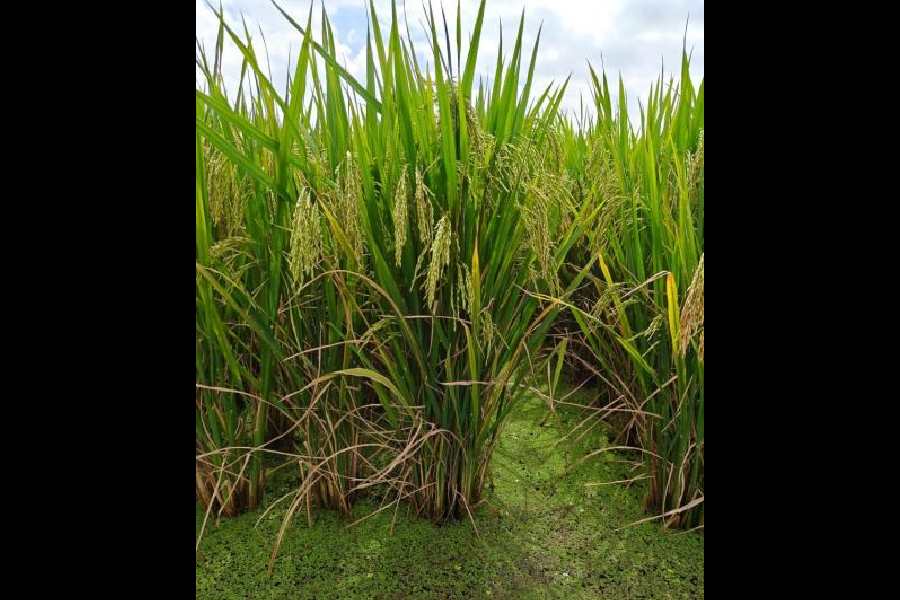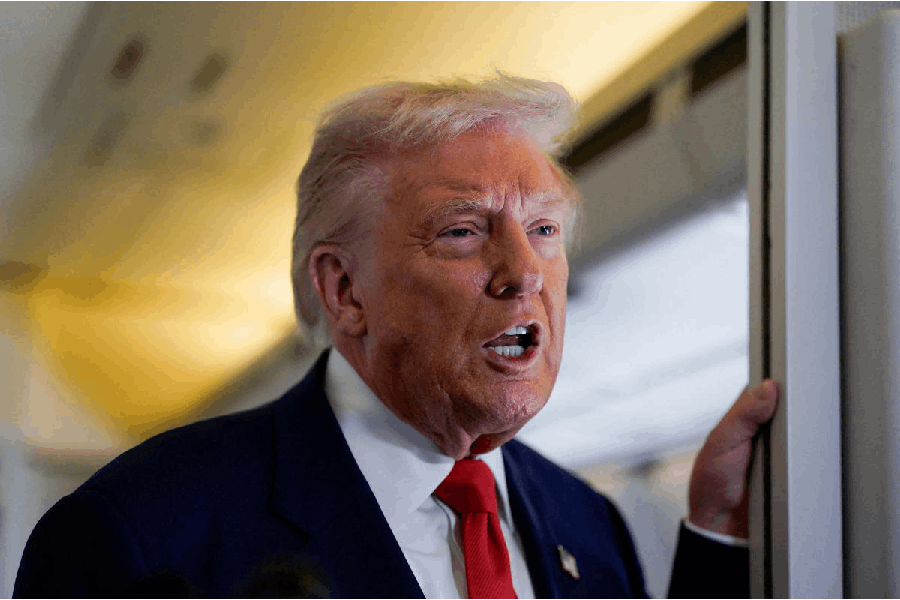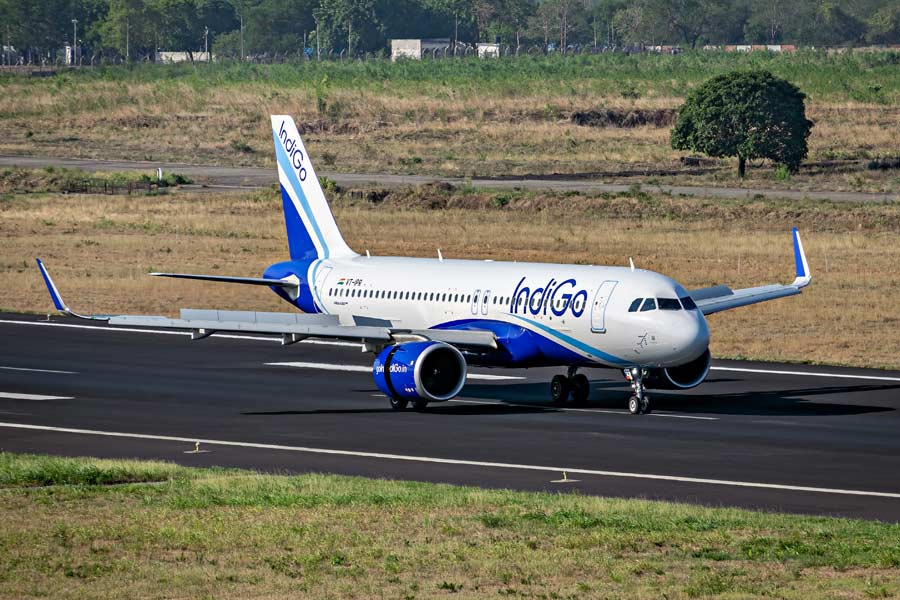

Lakhisarai: Excitement ran high among archaeologists at Jainagar Lali Pahari here on Monday as the upper portion of a small sanctum sanctorum of a monastery, perhaps dating back to the early Pala period, surfaced during excavation at the site.
Jainagar Lali Pahari was the erstwhile political capital of the Pala dynasty.
Experts said that on the southern side of the structure, they have unearthed the outer side of a 40-inch wall of a sanctum sanctorum, which is supposed to be a monastery.
In the upper portions they found a few cells, the kind used by Buddhist monks for meditation. A floor too was found buried underneath.
Remnants of watchtowers once used for security have also been found at the place. The towers were built in the pattern of Vikramshila, Jagjivanpur and Paharpur.
Apart from that, a few pieces of red-slipped ware (pottery of a particular period)and bricks dating back to the early Gupta period and pottery dating back to 6th Century were also found along with structures of a fort with iron angles. It is assumed the iron angles may have been used for construction of the roof. Some copper finger rings dating back to ancient times were also found.
The excavation is result of a joint venture between Visva-Bharati University and Bihar Virasat Vikas Samiti (BVVS).
Prof Anil Kumar, head of department of archaeology at Visva-Bharati, who is leading the excavation team, told The Telegraph they expect some major structure to emerge at the site. "Till today we have managed to dig out soil till 2-3 feet," Prof Anil said. "But surfacing of the edifice indicates existence of structures, like a big monastery dating back to the early Pala period."
Describing the floor recovered at the site, he said it was built with lime and bricks, a pattern that existed in those days. "We also received charcoals from the site. Those would be sent for dating," he said. Such dating is usually done at Delhi or Lucknow but Prof Anil said they would prefer to send it to Washington for accuracy.
BVVS president Bijay Chaudhary is overexcited at the excavations. "The area finds mention as most important in ancient Buddhist texts and also the site of the political kingdom of the Pala dynasty. The items that are being unearthed only to to establish the same," he told The Telegraph.

